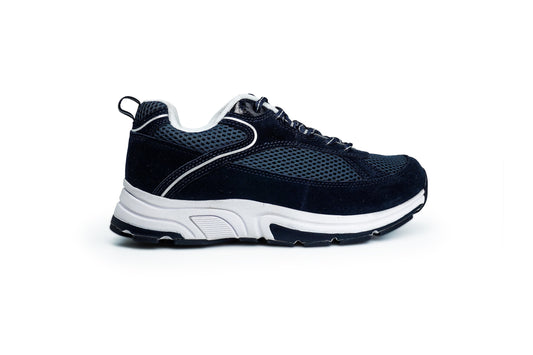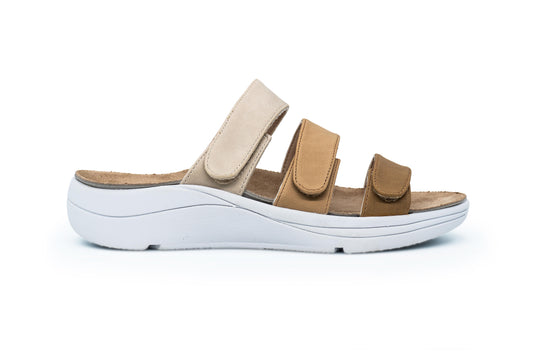Stepping Towards Comfort: Understanding and Managing Bunions
Bunions are not only an ugly condition, but the fact that they induce discomfort makes it difficult to even put on shoes.
Although the symptoms of a bunion are the same for everyone, there are various different types of bunions that can occur based on the activities that you engage in. Being aware of the sort of bunion you have might make the process of finding relief from the condition much simpler.
Bunions: What Are They?

They are bony lumps that develop on the joints of your feet, and they are known as bunions. This is especially true when your big toe is angled inward towards the rest of your toes. As a consequence of this, the joint protrudes outward like a sore thumb, or in this example, a toe.
Typically, they are caused by shoes that do not fit properly, and women are more likely to experience them. It is also more likely that they will occur as one gets older.
Types of bunions
Pain from a bunion can present itself in a variety of ways, despite the fact that the mechanics of a bunion are generally the same. The following are some of the most frequent forms of bunions.
- Skin Irritation Bunion

In light of the fact that bunions are caused by shoes that force the toes to fit into a toe box that is so small, it is reasonable to assume that this causes the skin to get irritated. In most cases, a bunion can be identified by the presence of skin that is red, irritated, and inflamed along the joint.
It may be possible to ease this pain by placing bunion pads in the shoes.
- Tailor's Bunion

A bunion is a condition that develops on the other side of the foot, specifically on the pinky. Bunions are caused by shoes that are too tight, just like any other bunion. According to a local legend, the name originates from the fact that tailors would sit cross-legged and rub their pinkies against the ground.
Likewise, wearing shoes that are a suitable fit should help to alleviate this problem from occurring.
- Hallux Limitus

A bunion can cause your toe to lose a significant amount of its range of motion because of the way it develops. The outcome is a bunion on the toe joint that is looking upward and looks like it has been rubbed raw since it is immobile.
Treatment for a Bunion
Patients who suffer from severe cases of bunion pain may require surgical intervention in order to be treated.
On the other hand, the majority of people can get relief from their bunion symptoms by wearing shoes that have bigger toe boxes and softer insoles. If the discomfort becomes intolerable, applying ice to the bunion and using pain medication such as ibuprofen may be of use.
Relief from the Bunion

The most crucial thing you should do is get yourself some shoes that fit you nicely. As opposed to a pair of inexpensive shoes from Walmart, a pair of high-quality therapeutic shoes can make bunion pain much more manageable.
Bunions are a painful condition, and some varieties of bunions might cause you to experience more excruciating pain than others. In the end, the therapy for bunions should focus on reducing the amount of pressure that is placed on the calloused toe joints for the patient.
If you want to be proactive and keep your feet pain-free, DiabeticShoe.in is your one-stop shop for all things related to foot health.
Browse our extensive collection of Diabetic footwear for Men and Women to learn more!








